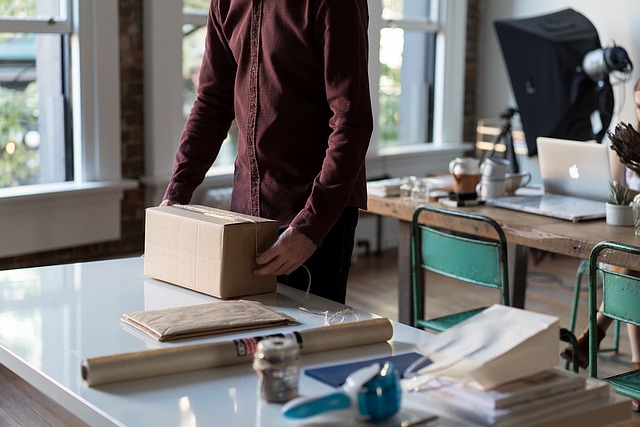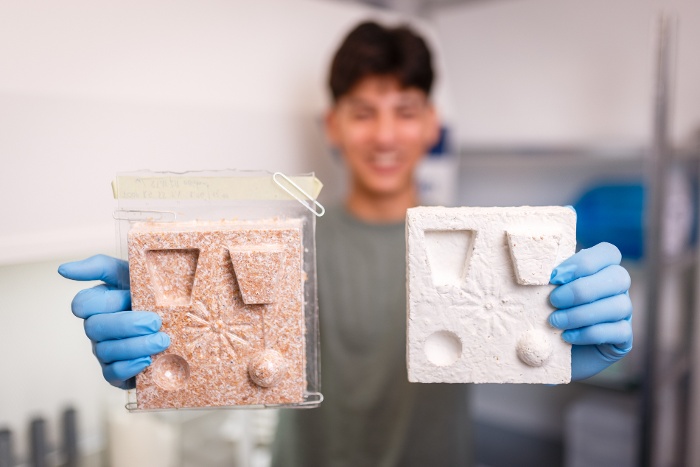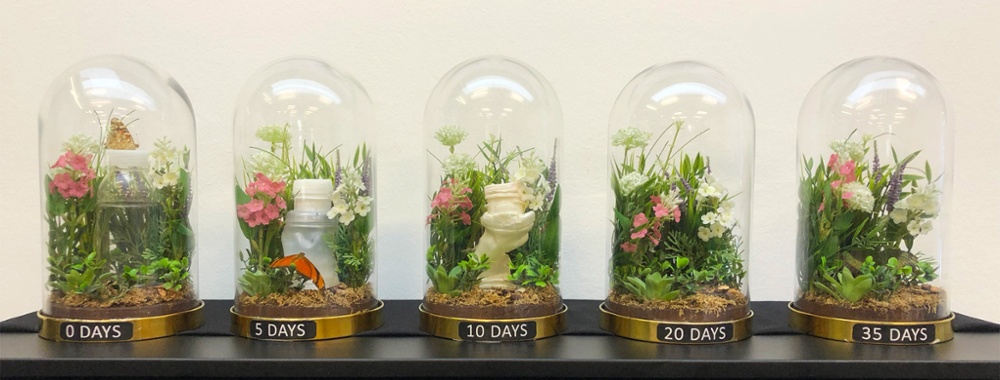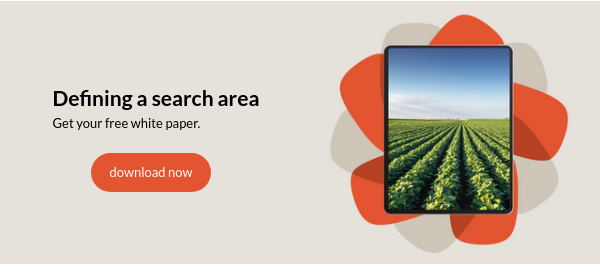Five innovative packages for sustainably packaged products
In many cases you simply cannot do without packaging. Innovative packages are available to pack products sustainably. We present you with five solutions.

In terms of sustainable and innovative packaging, the packaging industry has made progress. Alternatives to plastic packaging are becoming more and more competitive.
Innovative, sustainable packaging is important, as it helps achieve targets for sustainable development (the Sustainable Development Goals, or SDGs):
- For example, reused or recycled resources and biodegradable packaging reduce waste.
- Furthermore, innovations in packaging can lighten the burden on ecosystems; e.g. through resource efficiency and a recycling economy.
- If companies opt for packaging solutions from sustainable industries, this promotes the creation of new jobs in the green economy.
I have selected five packaging items for you that contribute to more sustainability and make your packaging more innovative:
1. Sustainable packaging – fungus instead of Styrofoam
Styrofoam is one of the most used packaging materials. For the environment, however, this substance is anything but compatible. Styrofoam is not biodegradeable. In theory, it takes 6,000 years for Styrofoam to decompose. Moreover, it takes about 1.5 liters of gasoline to produce a single cube of Styrofoam. Innovative packaging that replaces this material can therefore make a big impact.
The Swiss start-up Mycrobez for example, is working on a mycelium composite that is suitable for sustainable packaging. In order for fungus to replace Styrofoam in the future, work is currently underway on a process for the mass production of the innovative packaging solution.

The American company Ecovative also offers alternatives to plastics and polystyrene foam based on fungal technology. The 100 percent degradable substitute for Styrofoam is ideal as a packaging material for postal shipments, but also offers interesting options for the automotive and construction industries.
2. Eco film, for food
In the food industry, innovations in packaging solutions are a particular challenge, because stringent hygiene requirements are placed on them. Yet there are innovations in sustainable packaging. Biosampak is a fully compostable film for food packaging. The sustainable packaging innovation is made of wood fibers and – unlike bioplastics – can be composted in garden compost.
3. Sugar cane, the alternative packaging trend to polyethylene
Avery Dennison has been carrying a bio-based PE (polyethylene) film made from sugarcane ethanol in its range for several years. The physical and mechanical properties of the innovative material are similar to those of conventional polyethylene from crude oil.
The film is processed and recycled like a conventional PE film. As a result, the conversion costs of the packaging and labeling processes are minimal. A white and a transparent version are offered for labeling in the food, beverage, household or cosmetics sectors, for example.
4. Algae as an alternative to plastic
An invention from the British start-up Ohoo has allowed packaging for liquid food to be reconceptualized. The packaging is made from seaweed, is 100 percent biodegradable, and edible. The process of spherification forms a kind of waterproof skin around the liquid, comparable to the skin of a grape. Liquid food could thus be sold in small portions like fresh fruit, making the production of billions of water bottles unnecessary in the future.
5. Compostable bottles from plants
The Austrian company NaKu is bringing PLA (PolyLactic Acid) bottles to the market. These bioplastic bottles are made of lactic acid, which is obtained from the plant-based raw materials sugar and starch.
Contact with food is harmless, since lactic acid in its natural form is also present in the human body. Plasticizers such as phthalates, bisphenol A or antimony and hormonally active substances are not used.
CO2 emissions are reduced during production, because less heat and energy are required compared to polyethylene terephthalate (PET) production. Consequently, the NaKu bottle has a very small ecological footprint.

Sustainable packaging concepts in high demand
Packaging is an important step towards environmental and climate protection. By reducing waste, conserving resources and minimizing pollution, sustainable packaging helps reduce the impact of packaging on the environment.
Sustainability is one of the strongest trends in the packaging industry. However, sustainable packaging alone cannot be the industry's final answer. Although they are a necessary step, they are only one part of a broader solution to the ecological challenges we face. To achieve long-term sustainability, we also need to address other aspects of the supply chain; such as product design, transportation and disposal.
It takes both innovative packaging and bold visions from companies for holistic solutions for a sustainable economy.











